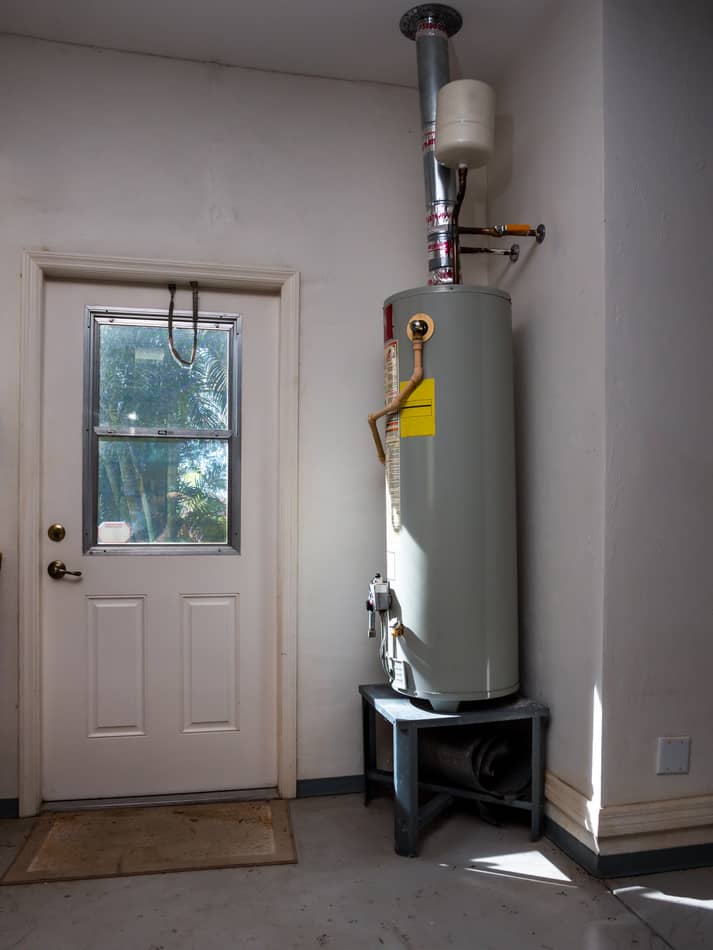Ways to Extend the Lifespan of Your Home's Hot Water System By Maintenance
Ways to Extend the Lifespan of Your Home's Hot Water System By Maintenance
Blog Article
Here on the next paragraphs you can locate additional high-quality guidance related to How to Maintain a Hot Water Heater in a Few Simple Steps.

Hot water is crucial for everyday comfort, whether it's for a revitalizing shower or washing recipes. To ensure your warm water system runs effectively and lasts much longer, routine upkeep is crucial. This article offers practical ideas and insights on just how to preserve your home's warm water system to prevent disturbances and expensive repairs.
Intro
Maintaining your home's warm water system might appear daunting, yet with a few basic steps, you can guarantee it operates smoothly for several years to come. This overview covers every little thing from comprehending your warm water system to DIY upkeep tips and understanding when to call in expert aid.
Significance of Keeping Your Hot Water System
Routine upkeep not only prolongs the lifespan of your hot water system yet also ensures it runs effectively. Disregarding maintenance can cause decreased efficiency, greater power bills, and even premature failure of the system.
Indicators Your Warm Water System Needs Upkeep
Recognizing when your hot water system needs interest can avoid significant concerns. Look out for indications such as irregular water temperature level, strange noises from the heating unit, or corroded water.
Purging the Water Heater
Flushing your water heater eliminates debris build-up, improving effectiveness and extending its life.
Monitoring and Changing Anode Rods
Anode poles prevent corrosion inside the storage tank. Checking and changing them when broken is vital.
Complicated Problems Needing Expert Help
Examples consist of significant leakages, electric problems, or if your water heater is consistently underperforming.
Routine Professional Maintenance Advantages
Professional maintenance can include comprehensive inspections, tune-ups, and ensuring compliance with safety standards.
Examining and Adjusting Temperature Settings
Adjusting the temperature setups makes certain optimum efficiency and safety and security.
Do It Yourself Tips for Upkeep
You can carry out several upkeep tasks yourself to maintain your hot water system in top problem.
Checking for Leaks
Consistently check pipes and links for leaks, as these can lead to water damages and higher bills.
Recognizing Your Hot Water System
Prior to diving into maintenance jobs, it's useful to recognize the fundamental components of your warm water system. Usually, this includes the water heater itself, pipelines, anode rods, and temperature level controls.
Regular Monthly Maintenance Tasks
Routine monthly checks can aid catch small issues prior to they intensify.
Examining Pressure Alleviation Valves
Evaluating the stress relief valve guarantees it functions appropriately and avoids too much pressure build-up.
Insulating Pipes
Shielding hot water pipelines reduces warm loss and can conserve energy.
When to Call a Specialist
While DIY upkeep is beneficial, some concerns need specialist knowledge.
Verdict
Regular upkeep of your home's warm water system is important for performance, long life, and cost savings. By adhering to these pointers and knowing when to look for specialist help, you can make sure a reliable supply of hot water without unforeseen interruptions.
How to Maintain an Instant Hot Water Heater
Before tinkering with your hot water heater, make sure that it’s not powered on. You also have to turn off the main circuit breaker and shut off the main gas line to prevent accidents. Also turn off the water valves connected to your unit to prevent water from flowing into and out of the appliance. 2. When you’re done, you have to detach the purge valves’ caps. These look like the letter “T†and are situated on either side of the water valves. Doing so will release any pressure that has accumulated inside the valves while at the same time avoid hot water from shooting out and burning your skin. 3. When the purge valves’ caps are removed, you have to connect your hosing lines to the valves. Your unit should have come with three hoses but if it didn’t, you can purchase these things from any hardware or home repair shops. You can also get them from retail stores that sell water heating systems. Read the user’s manual and follow it to complete this task properly. When the hosing lines are connected, open the purge port’s valves. 4. You should never use harsh chemical cleaners or solutions when cleaning your unit. Make use of white vinegar instead. It should be undiluted and you’ll probably use about 2 gallons. 5. Now flush your water heater. This task should probably take about 40 minutes. We can’t give you specific directions for this because the procedure is carried out depending on the type, model and brand of your heater. With that being said, refer to the user’s manual. 6. When you’re done draining the unit, you have to turn off the purge port valves again. Remove the hosing lines that you earlier installed on each of the water valves. Put the valve caps (purge port) back in their respective places and be very careful so as not to damage the rubber discs that are found inside these caps. 7. Now that everything’s back in place, check your user’s manual again to find out how to reactivate your water heating system. 8. Once it is working, turn one of your hot water faucets on just to let air pass through the heater’s water supply pipes. Leave the tap on until water flows smoothly out of it. https://www.orrplumbing.com/blog/2014/september/how-to-maintain-an-instant-hot-water-heater/

I am very fascinated with What Kind of Maintenance Do Water Heaters Need? and I am hoping you liked our blog entry. If you enjoyed our page if you please remember to pass it around. I praise you for being here. Come back soon.
Click Here Report this page